Table of Contents
What Is Vacancy Rate?
The vacancy rate is a key metric used in property management to measure the percentage of rental units that are unoccupied at any given time. It’s an essential indicator of how well a property is performing and whether rental income is being maximized. The formula for calculating the vacancy rate is straightforward:
Vacancy Rate = (Number of Vacant Units / Total Number of Units) × 100
For example, if a property has 100 units and 5 are vacant, the vacancy rate is 5%. A lower rate generally signals stronger performance and consistent rental income.
What Is the Average Vacancy Rate?
The average rate can vary widely depending on the type of property, location, and market conditions. Here are some general benchmarks:
- National Average: In the U.S., the average rate for residential properties typically ranges between 5% and 7%.
- Multi-Family Properties: Larger apartment complexes often experience slightly higher vacancy rates, around 6% to 8%, due to tenant turnover.
- Single-Family Rentals: These tend to have lower vacancy rates, often below 5%, because tenants in single-family homes tend to stay longer.
- Luxury Properties: High-end properties in competitive markets may see vacancy rates closer to 10% during slower leasing seasons.
Understanding these averages helps property managers benchmark their performance against market standards.
Factors Affecting Vacancy Rates
Several factors influence a property’s vacancy rate. These include:
- Market Conditions: High unemployment or economic downturns can increase vacancy rates.
- Rental Pricing: Overpriced units are harder to fill, while competitively priced units attract more tenants.
- Location: Properties in desirable areas with access to amenities like schools, shopping, and public transit tend to have lower vacancy rates.
- Seasonality: Rental demand typically peaks during summer and declines in winter, affecting vacancy rates throughout the year.
- Marketing and Tenant Retention: Poor marketing or lack of tenant retention strategies can lead to higher vacancies.
By addressing these factors, property managers can maintain a lower vacancy rate and steady rental income.
How Property Managers Reduce Vacancies
Professional property managers employ a variety of strategies to minimize vacancies and keep properties fully rented:
- Targeted Marketing: Using online platforms, social media, and local advertising to attract qualified tenants.
- Competitive Pricing: Regularly reviewing and adjusting rental rates to align with market demand.
- Enhanced Tenant Retention: Providing excellent customer service and addressing tenant concerns promptly to encourage lease renewals.
- Quick Turnaround: Preparing units for new tenants quickly after move-outs to reduce downtime.
- Flexible Lease Terms: Offering options like month-to-month leases or move-in specials during slower seasons.
These proactive approaches help property managers achieve higher occupancy rates and maximize revenue.
Why Vacancy Rates Matter for Profitability
The vacancy rate directly impacts a property’s financial performance. Every vacant unit represents lost rental income, which can significantly affect profitability. Here’s how vacancy rates tie into profitability:
- Fixed Costs: Expenses like mortgages, insurance, and maintenance continue regardless of whether units are occupied.
- Cash Flow Stability: Higher vacancy rates reduce monthly cash flow, making it harder to cover expenses or generate profits.
- Long-Term Value: Consistently high vacancy rates can decrease a property’s overall value in the eyes of investors.
Property managers focus on maintaining low vacancy rates to protect the owner’s bottom line.
Tracking and Improving Rates
Property managers track vacancy rates regularly to identify trends and implement improvements. Here are some key practices:
- Regular Reporting: Providing monthly updates on occupancy levels and trends.
- Data Analysis: Using property management software to analyze vacancy patterns and identify areas for improvement.
- Strategic Planning: Developing long-term strategies for marketing, pricing, and tenant retention to maintain low vacancy rates.
- Owner Collaboration: Keeping property owners informed and involved in decision-making to align goals.
By staying proactive and data-driven, property managers ensure that vacancy rates remain under control and properties remain profitable.
Want to learn more about vacancy rates, click here to read more.



